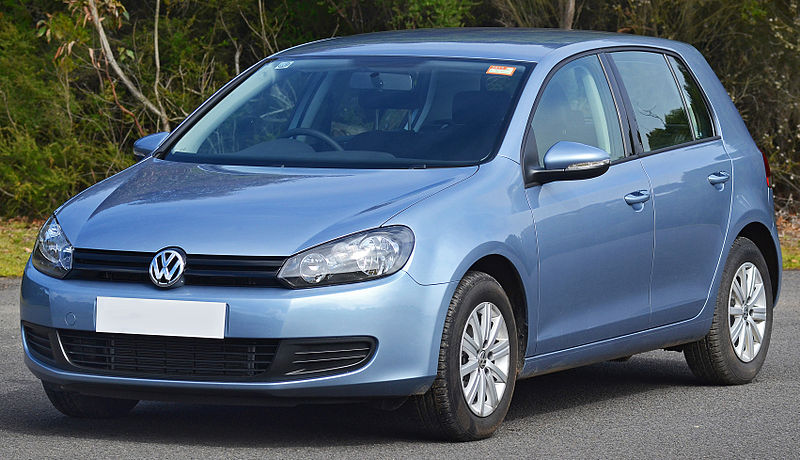Is your family’s car on its last legs? If you’re thinking about buying something new, you have several different options to consider. Not only should you compare models carefully to find a vehicle that best suits your family’s needs, but you can also choose between buying and leasing the car. There are financial pros and cons to both options, so it’s worth taking a closer look at what leasing entails to see if this could save your family a bit of cash in the long run.
Image Source: NRMA Motoring and Services/Wikimedia Commons
Benefits of Leasing
Leasing can be beneficial if you don’t already have a car to trade in, because it helps you
avoid the need to save up for a hefty down payment. For cash-strapped families, this can
make driving a brand new car a more realistic goal. You can expect to pay a deposit of some
sort, but it won’t be as significant of a cost as it would in the case of buying a car. Monthly
leasing payments also tend to be lower than car loan payments. The upside of lower monthly
payments and a smaller deposit is that you may be able to afford a bigger car for your family.
When signing a lease, you can also extend it to the same terms of the manufacturer’s
warranty, which prevents you from worrying about maintenance fees over time. Your
employer may provide incentives to leasing a car for work purposes, which is also well worth
looking into. You can look at this article here to read more about options for employee
leasing.
The Downsides to Leasing
Naturally, leasing isn’t right for everyone. Over an extended period of time, leasing will cost
you more than buying the car would. Whether or not this is a financially sound decision
depends on how long you plan to drive the car, for example. If you like to trade in your car every two years or so, it can be ideal because your monthly payments are lower.
Yet for longer time periods, buying a car is more financially advantageous.
There may also be restrictions built into the lease terms, which is why it’s important to review
them carefully before signing on the dotted line. Some lease contracts put a mileage limit on
the car, for example. You may have to pay extra for wear and tear. If you spend a lot of time
in the car running errands, taking road trips, or commuting long distances, you may end up
paying more for this.
The Bottom Line
Some families may be able to save money by leasing a car rather than buying, but this
depends on your driving habits and what you need the car for. If you simply use the car for
the daily school run and enjoy driving a brand new car every two years, it could work out to
be a good deal. Yet if you are looking for a family car that will last you for the long haul,
buying a new model probably makes more sense. Be sure to weigh all options carefully to
find the best fit for you and your family.



